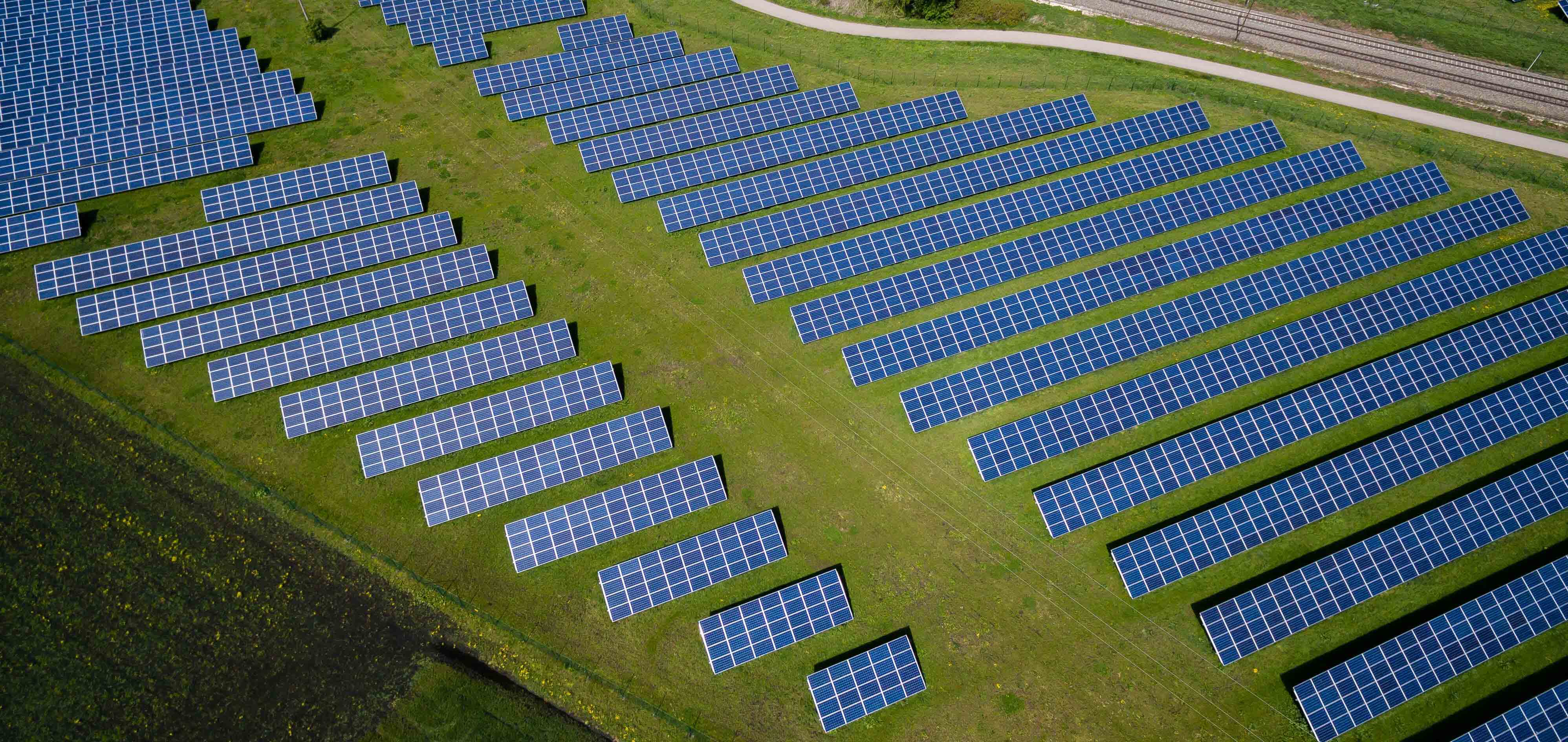Capacity Market – What You Need to Know

The Capacity Market was introduced by the government to ensure the UK’s electricity supply continues to meet demands whilst more unpredictable renewable generation comes online. The Capacity Market will also provide assurance against the possibility of future blackouts during times when demand is high, or renewable generation is low.
- Why is it needed?
- What is the main aim of the Capacity Market?
- How will it work in 2018?
- Who’s able to participate?

Why is it needed?
The Capacity Market is needed to enhance investment in the reliability of capacity and to secure supplies of electricity in the future. This offsets the UK’s risk of increasing reliance on unpredictable wind/solar generation. By offering investors a fixed monthly payment to generate, it provides a guaranteed revenue for new generation plant. It also encourages demand-side responders to make capacity available when it is most needed.

What is the main aim of the Capacity Market?
The main aim of the Capacity Market is to achieve long-term security of supply; which was outlined in the Government’s review of the electricity markets. As well as Carbon Price Support, Electricity Demand Reduction and Contracts for Difference, the Capacity Market will improve the electricity market within the UK to deliver low carbon energy and a reliable supply whilst lowering the cost for consumers.

How will it work in 2018?
Participants of the 2018 Capacity Market were able to bid for contracts in auctions held four years prior to the delivery date, meaning successful contracts for the 1st October 2018 took place back in December 2014. Some additional auctions will be held a year prior to delivery, with the aim to capture capacity from demand-side responders, whilst also allowing secondary trading of capacity obligations secured the first time around.
Auctions will follow the ‘descending clock’ format, starting with offers of £75/MWh and reducing until the minimum price is reached; at which point the capacity offered by bidders is equal to the generation required. If successful at auction, demand-side responders and generators will be given a one-year capacity agreements at the clearing price. However, long-term contracts (15 years are available for new plant) are on offer to encourage investment in new generation assets, and three-year agreements are also available for refurbished plant.
Throughout the delivery year, capacity providers will receive a direct monthly payment for their agreed obligation at the auction clearing price. It is expected that providers should be available to respond to their agreed generation capacity or load reductions when called on by the National Grid at times of system stress.

Who’s able to participate?
There are only a small number of groups eligible to participate in the Capacity Market, these are:
- Interconnectors
With auctions commencing in 2015, interconnectors from the continent can only participate in the scheme from 2019. - Embedded Generators
Organisations that have onsite generation can also participate but they must increase the the amount of electricity they take from their own plant when asked, so there is a net reduction in demand on the network. - Combined Heat and Power (CHP)
Combined heat and power plants that are either embedded on site or connected to the transmission network can participate. - New and Existing Generators
Generators that are not participating in Short Term Operating Reserve (STOR) contracts or are supported by other low-carbon incentive schemes, are eligible to bid on the Capacity Market. However, generators with an existing STOR contract wishing to bid on the Capacity Market, must evidence a withdrawal declaration before the end of the prequalification window. - Electricity Storage
Stored capacity that can respond instantly to a request from National Grid can be used to boost capacity on the network. - Demand Side Responders (DSR)
Organisations who can lower their site demand when needed, to provide extra capacity on the network, can participate and are able to participate either in the four-years ahead auction or on a year ahead basis.
2EA® are registered Low Carbon Energy Assessors, Consultants and ESOS Lead Assessors, offering both energy management and reduction services ranging from CCL/CHPQA Management to Energy Saving Opportunity Scheme (ESOS) and Carbon Reduction Commitment (CRC) consultancy.
For more information please contact us either by email to info@2ea.co.uk or by calling 01293 521 350.


